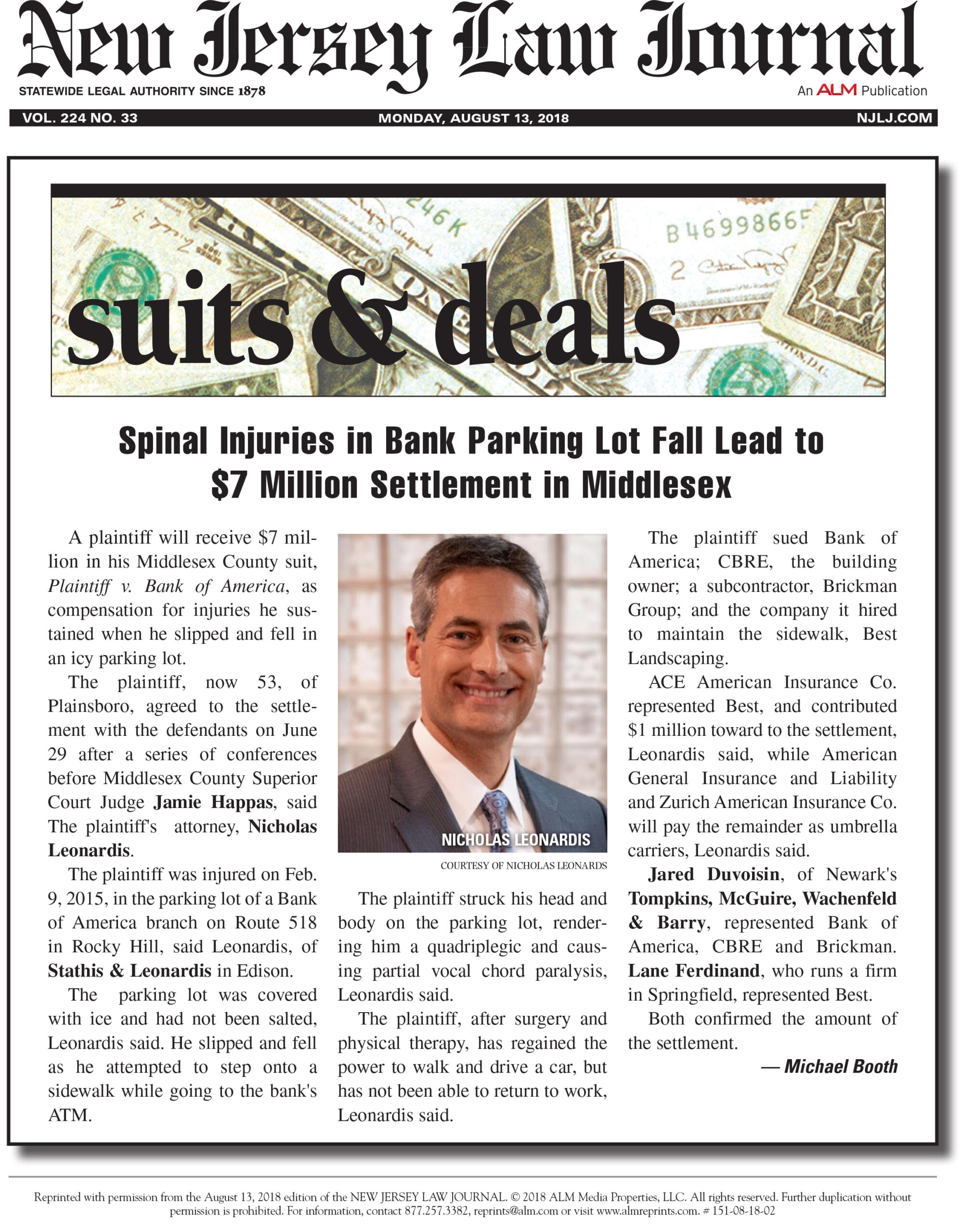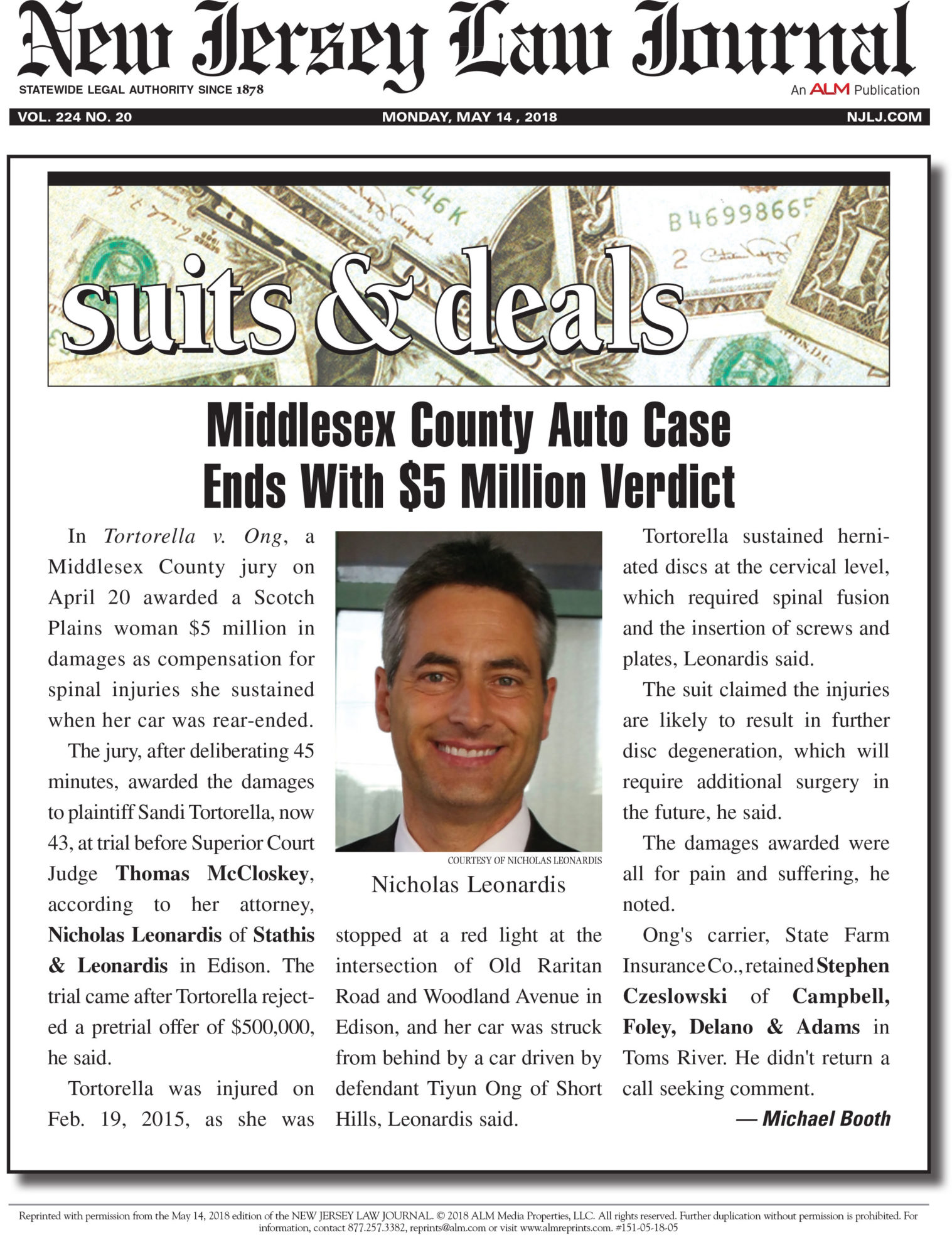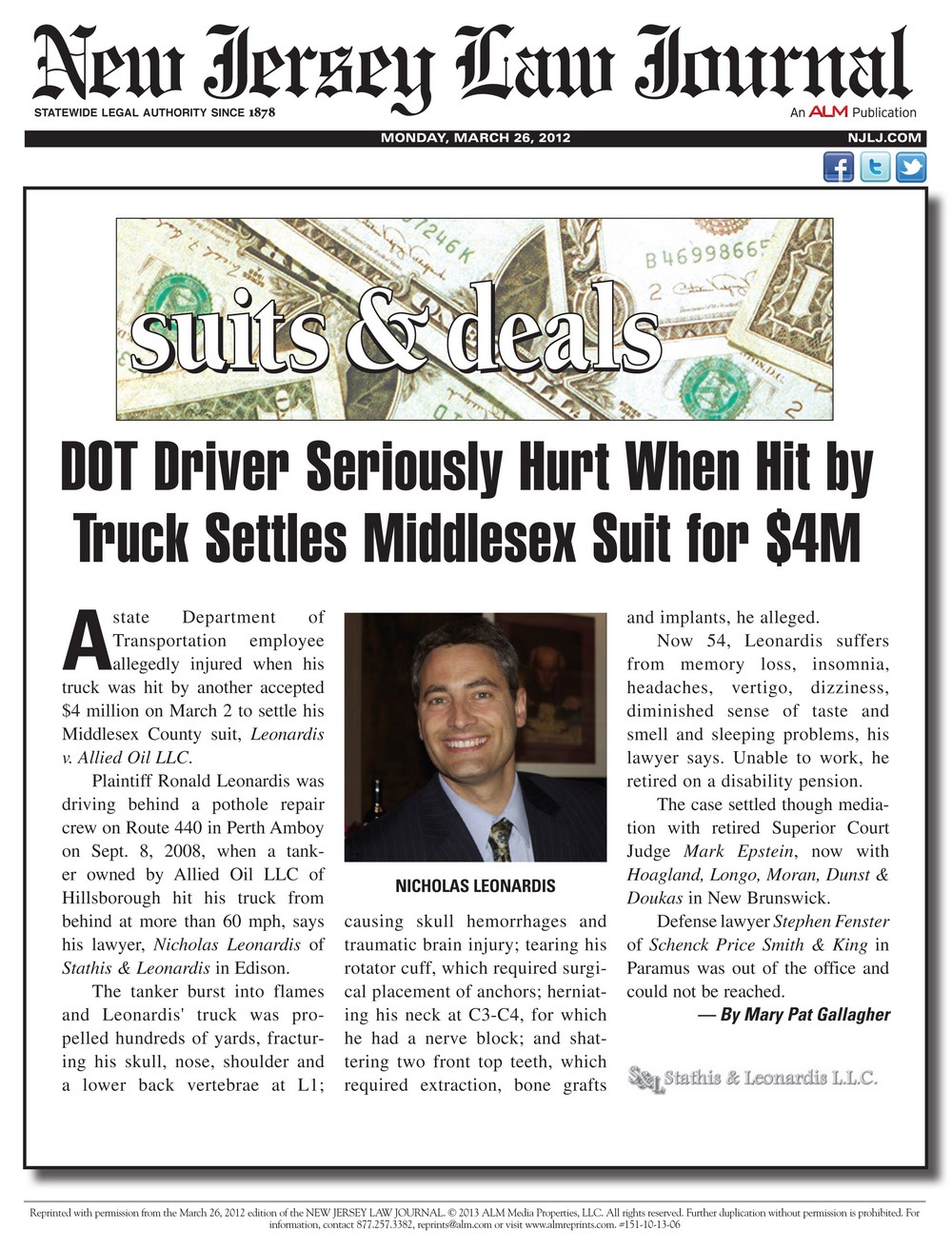
In a given year, there are over 273,000 car crashes in New Jersey, resulting in approximately 62,690 injuries. If you’ve sustained injuries in a car accident, please read on, then reach out to an experienced Middlesex County, NJ car accident attorney to learn more about how New Jersey’s car insurance system works and how we can help you.
HOW DOES NEW JERSEY’S CAR INSURANCE SYSTEM WORK?
It’s important to note that New Jersey is a choice no-fault state, which means that consumers can opt-out of the no-fault system. Under the no-fault system, drivers get coverage for car accident injuries from their own insurers regardless of who is determined to be at fault. Per state law, drivers must carry at least a basic policy consisting of $5,000 in property damage liability coverage and $15,000 in personal injury protection. If the plaintiff’s award exceeds those amounts, the at-fault driver will be financially responsible for meeting the difference.
CAN I FILE AN INSURANCE CLAIM OR LAWSUIT AGAINST THE AT-FAULT DRIVER?
Only if your claim meets certain prerequisites can you step outside of no-fault and bring a claim or lawsuit against the at-fault driver. These prerequisites include:
- Loss of a body part
- Significant dismemberment
- Significant scarring
- A displaced fracture
- Loss of a fetus
- Permanent injury
- Death
The definition of permanent injury means that the affected body part has not healed to allow normal function and is not expected to. If you meet these criteria, you can sue the at-fault driver for the recovery of “pain and suffering” damages and other non-economic losses, which are otherwise unavailable through no-fault or personal injury protection coverage.
WHAT IS MODIFIED COMPARATIVE NEGLIGENCE?
New Jersey follows a modified comparative negligence rule when more than one party is found to share blame for an accident. In most cases of this nature, the jury is asked to calculate two things based on the evidence: the total dollar amount of the plaintiff’s damages and the percentage of fault that belongs to each party. Said percentage of fault is usually based on the number, if any, of traffic violations by each party. Under the modified comparative fault rule, the plaintiff’s damages award is reduced by a percentage equal to his or her share of fault. For example, if you’re awarded $100,000, but found to be 40% responsible, you will be entitled to $60,000. This process might seem complex and intimidating. If so, contact a skilled Middlesex County personal injury attorney today.
CONTACT OUR EXPERIENCED NEW JERSEY FIRM
Stathis & Leonardis, LLC is an experienced personal injury law firm in Middlesex County, New Jersey that is committed to helping clients who have been hurt due to another party’s negligence. If you have been involved in a motor vehicle accident or were injured on another person’s property, please do not hesitate to contact our firm today.






